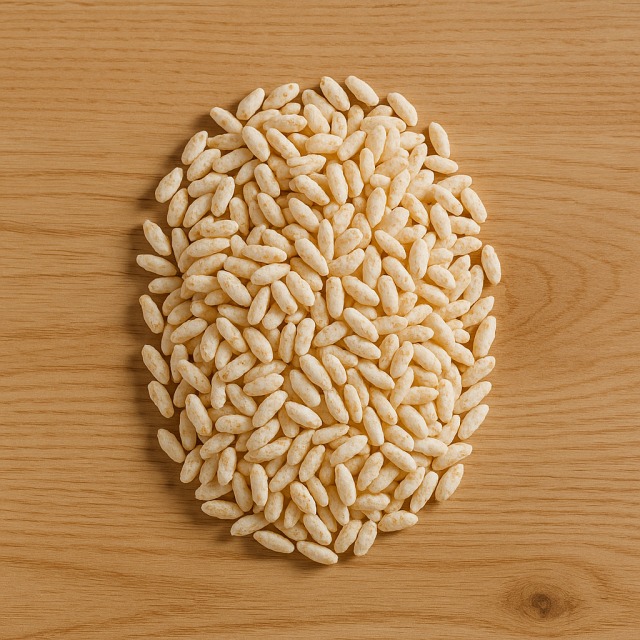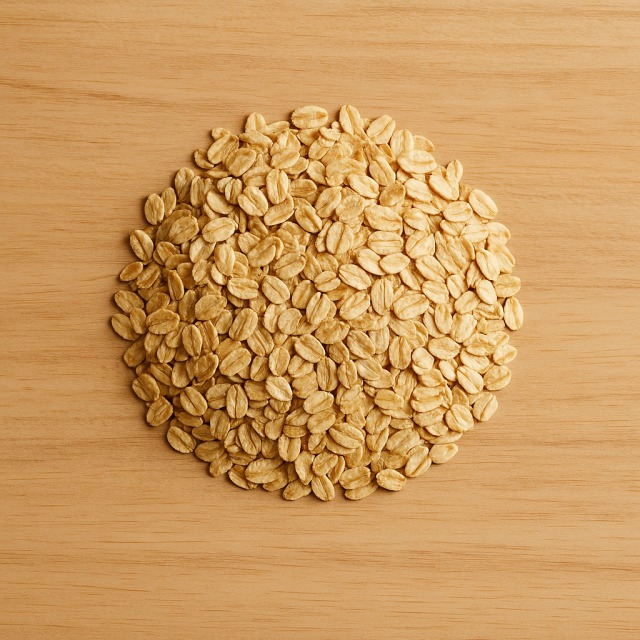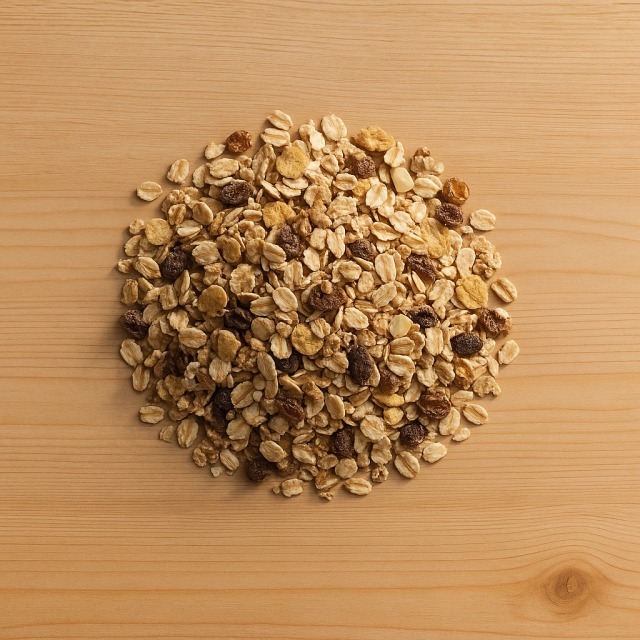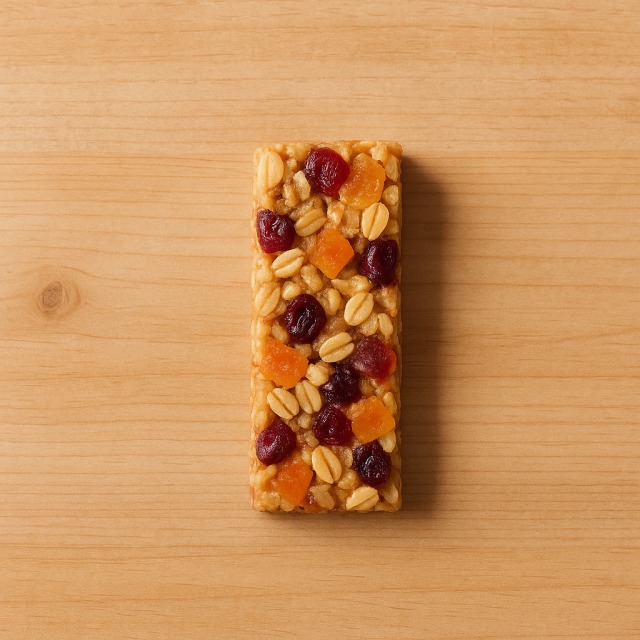Calorie Chart / Breakfast, Snacks / Cereal bar
How Many Calories Are in Cereal bar?
Calculation of the nutritional value & Recommended Dietary Intake of cereal bar
For g and a calorie requirement of kcal
| Calories 106 kcal | Proteins 2.1 g | Lipids 3.6 g | Carbohydrates 16 g |
| 5% | 3% | 5% | 6% |
Health benefits of cereal bar
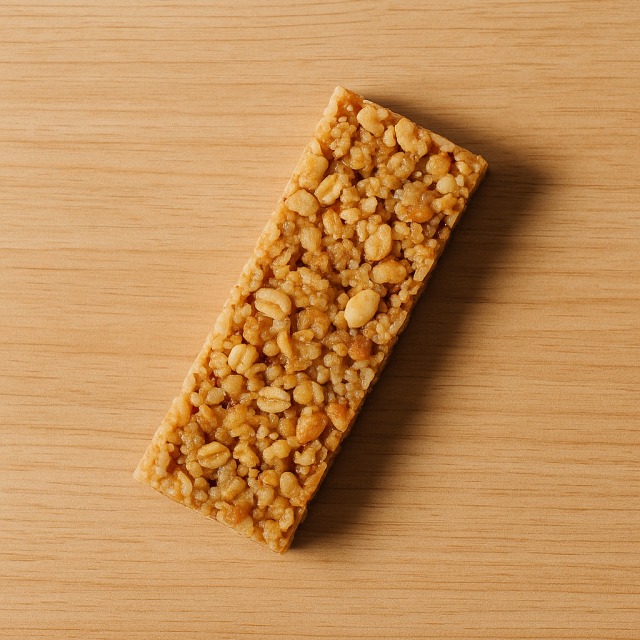
Cereal bar - 100g
Calories 424 kcal
Proteins 8.5 g
Lipids 14.5 g
Carbohydrates 65 g
With around 424 kcal per 100 g, the cereal bar clearly belongs to the high-calorie category. These calories are mainly supplied by complex carbohydrates, which make the bar a practical energy booster for long working days or endurance sessions.
Most cereal bars are based on oats or puffed grains, bringing soluble and insoluble fibre that can help regulate blood sugar despite the calories. You also obtain moderate amounts of iron, magnesium, and zinc, plus B-group vitamins (B1, B3, B6) essential for converting food into usable energy – a useful detail when you need calories fast but want more than empty sugar.
When the recipe contains dried fruit or nuts, the bar provides antioxidants such as vitamin E and polyphenols, as well as heart-friendly unsaturated fats. Even if the calories are dense, the nutrient density is often higher than that of classic confectionery. Athletes appreciate the portable format, while hikers value the long shelf life; in both cases, the calories pack light yet deliver sustained fuel.
Historically, the modern cereal bar appeared in the 1960s as a space-saving alternative to breakfast cereals. Its success rests on offering controlled calories in a single portion, which explains why it is still marketed for on-the-go breakfasts and sports nutrition.
Tips for incorporating cereal bar into a balanced diet
Because the cereal bar is rich in calories, portion control is key: one 25–30 g bar (about 110–130 kcal) is often enough for a snack. Pair it with a source of protein such as plain yogurt to increase satiety without doubling the calories.
For a balanced breakfast on busy mornings, crumble half a bar over diced apple or slices of banana. The fresh fruit adds volume and water, so you feel fuller while keeping extra calories moderate.
If you train intensively, combine a cereal bar with a handful of roasted almond pieces 30 minutes before exercise: the mix delivers fast and slow-release calories plus extra protein for muscle support. Conversely, if you aim to reduce daily calories, reserve the bar for post-workout recovery, when glycogen stores are depleted and the calories are used efficiently.
In desserts, replace part of a crumble topping with crushed cereal bar to cut down on butter without losing crunch. Another idea is to melt a square of dark chocolate over the bar for a homemade ‘protein ball'—just remember the additional calories and adjust the rest of the day's intake.
Frequently Asked Questions
- How many calories are in a cereal bar?
- There are 424 kcal per 100 g.
- Is a cereal bar suitable for weight loss?
- It can fit into a hypocaloric diet if you limit the portion to one small bar and account for the calories in your daily total.
- When is the best time to eat a cereal bar?
- Consuming it right before or after physical activity helps your body use the calories for energy or recovery rather than storing them.
- Are all cereal bars high in sugar?
- Many commercial bars derive most of their calories from sugars, but variants rich in oats and nuts provide more complex carbs and fibre; always read the label.
- Can I make a homemade cereal bar with fewer calories?
- Yes—use rolled oats, puréed dates as a binder, and reduce added sweeteners to control calories while keeping flavour.
Similar foods
Information provided by Calorie Menu may contain inaccuracies or errors. It cannot, under any circumstances, substitute medical advice or medication.
